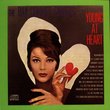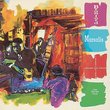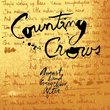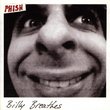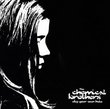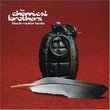| All Artists: Mevlevi Ensemble Title: Mevlevi Ceremonial Music Members Wishing: 1 Total Copies: 0 Label: Water Lily Acoustics Release Date: 2/20/1996 Genres: Folk, International Music, Pop Styles: Middle East, Turkey Number of Discs: 1 SwapaCD Credits: 1 UPC: 707723005021 |
Search - Mevlevi Ensemble :: Mevlevi Ceremonial Music
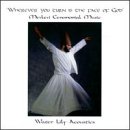 | Mevlevi Ensemble Mevlevi Ceremonial Music Genres: Folk, International Music, Pop
|
Larger Image |
CD DetailsSimilarly Requested CDs
|
CD ReviewsAn introduction to the spiritual music of the east Neil | California | 06/18/2000 (4 out of 5 stars) "The word "mevlana" signifies "our master" in Turkish. "Mevlevi" signifies "the ones who follow our master". The "our master" in question here is Mevlana Cellaladin Rumi, a great 13th-century teacher and poet. His son organized his disciples into a dervish sect, and established important roles for music and a whirling dance as a part of their ritual. He also made the ritual open to the public. This is the group known in the west as the "whirling dervishes".Their music is based on the strong tradition of Turkish classical music; I use the term "classical", because this music has all of the same attributes that cause us to apply that term to Mozart or Beethoven and such: known composers, written scores, music composed for art's sake, etc.The principal instrument used in the Mevlavi's orchestra is called the "ney"; it is an end-blown cane flute. This instrument has deep spiritual significance throughout the middle east, and especially with the Mevlevi.Other instruments that appear in this type of music include kemence (a small bowed instrument) and the tanbur (a long-necked plucked lute).I first heard the Mevlevi in person in 1973, and on records before that. Americans whom I have taken to their concerts have enjoyed their music as calm and relaxing."
|

 Track Listings (12) - Disc #1
Track Listings (12) - Disc #1
